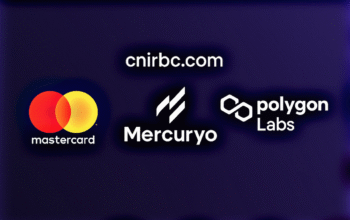Bitcoin, Litecoin, and now CalCoin? It is already easy to figure out the odd coin in the row. But that is how prominent the idea first released as a whitepaper by Bitcoin creator Satoshi Nakamoto has become.
Earlier this month, California’s newly formed Blockchain Working Group provided a final report, exploring potential use cases of blockchain technology to improve governance in the Golden State significantly.
Among the group’s recommendation is the creation of a blockchain-based digital currency dubbed CalCoin, which would come in as a replacement to current direct aid mechanisms such as the $1200 “stimulus checks.”
Per the group, the COVID-19 pandemic “exposed the antiquated and inflexible software systems connecting America’s financial infrastructure,” characterized by unemployment systems that still rely on COBOL, a programming language invented in the 1960s.
Even the adoption of conventional software wouldn’t offer the same level of benefits when such large scale transactions are conducted with blockchain-based digital currencies — fast and cheap.
For instance, using Automated Clearing House, or ACH transfers, the U.S. Government would spend anywhere between $47.82 million and $358.65 million in fees alone. At the same time, debit or credit card processing companies would still grab their share when the recipients convert to fiat.
The California Blockchain Working Group believes that the proposed CalCoin will fill the “imminent need for a free, digital, and publicly accessible payment network” that is efficient and transparent, while at the same time devoid of “the cost and privacy issues of commercial payment platforms.”
References were also made to the mention of a digital dollar in the $2 trillion COVID-19 relief bill, an ongoing legislative effort to launch a state-owned electronic payments platform in New York, and the UN’s successful use of cryptocurrency-based food vouchers to send relief aid to Pakistan refugees.
As one would expect, CalCoin will also bring raise questions around security and privacy. At the same time, it prompts adjustment to existing regulations, including the jurisdiction where users can spend it.
Realistically, the current proposal for the launch of a digital currency for the California populace may still be many months or a few years away. But it demonstrates how far the idea of blockchain-based digital currencies has come since Satoshi first pioneered it in 2008.
It also suggests that the mainstream adoption of these technologies for relief aid and day-to-day transactions is almost inevitable.
Written by Wilfred Michael, Global News Correspondent, CNIR Reporter



